Quartzite Veins Turned Pink/Red
Capri Construction & Design
2 months ago
Featured Answer
Sort by:Oldest
Comments (35)
Capri Construction & Design
2 months agochispa
2 months agoRelated Professionals
Buffalo Kitchen & Bathroom Designers · Euclid Kitchen & Bathroom Designers · Palmetto Estates Kitchen & Bathroom Designers · St. Louis Kitchen & Bathroom Designers · East Tulare County Kitchen & Bathroom Remodelers · Oklahoma City Kitchen & Bathroom Remodelers · Rancho Cordova Kitchen & Bathroom Remodelers · Richland Kitchen & Bathroom Remodelers · Lakeside Cabinets & Cabinetry · Red Bank Cabinets & Cabinetry · West Freehold Cabinets & Cabinetry · North Plainfield Cabinets & Cabinetry · Atascocita Cabinets & Cabinetry · Bellwood Cabinets & Cabinetry · Soledad Tile and Stone Contractorschispa
2 months agolast modified: 2 months agoCapri Construction & Design
2 months agoMrs. S
2 months agoHALLETT & Co.
2 months agoJoseph Corlett, LLC
2 months agoCapri Construction & Design
2 months agoJoseph Corlett, LLC
2 months agoCapri Construction & Design
2 months agoworthyvess
2 months agomillworkman
2 months agoCapri Construction & Design
2 months agoworthyvess
2 months agoMinardi
2 months agoCapri Construction & Design
2 months agoHU-910663146
2 months agoMinardi
2 months agomillworkman
2 months agoM Miller
2 months agoCapri Construction & Design
2 months agoM Miller
2 months agoCapri Construction & Design
2 months agoM Miller
2 months agoCapri Construction & Design
2 months agoJoseph Corlett, LLC
2 months agoGina Gilgo
2 months agoMonique
2 months agoCapri Construction & Design
2 months agoCapri Construction & Design
2 months agoworthyvess
16 days agoDesign2 girl
14 days agoCapri Construction & Design
14 days agoMizLizzie
13 days ago
Related Stories
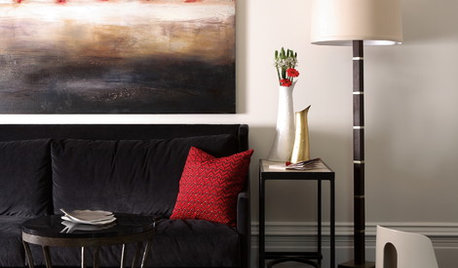
COLOR PALETTESBet on Black and Red for a Winning Combination
A striking look is a sure thing when you pair red and black around the home
Full Story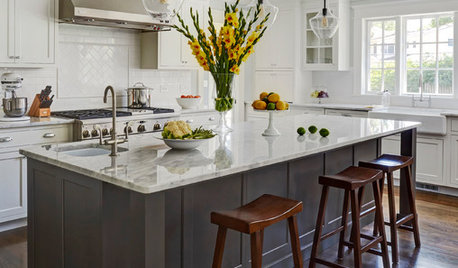
KITCHEN COUNTERTOPSWhat’s the Difference Between Quartzite and Quartz Countertops?
Weigh the pros and cons of these popular kitchen countertop materials
Full Story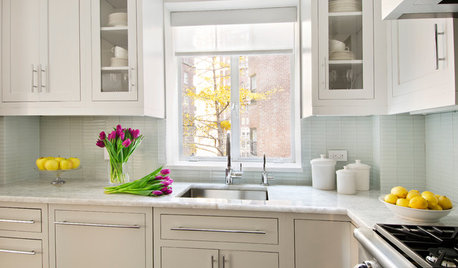
KITCHEN COUNTERTOPSKitchen Counters: Quartzite Offers Strength and Beauty
Eye-catching patterns and a natural pedigree make durable quartzite a popular alternative to granite and marble
Full Story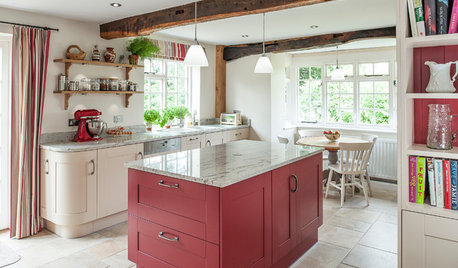
KITCHEN DESIGNKitchen of the Week: Splashes of Red for a Country Classic
Modern touches combine with traditional style in this warmly elegant kitchen in the English countryside
Full Story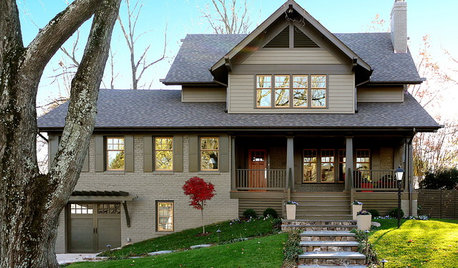
REMODELING GUIDESHouzz Tour: Turning a ’50s Ranch Into a Craftsman Bungalow
With a new second story and remodeled rooms, this Maryland home has plenty of space for family and friends
Full Story
TREES11 Japanese Maples for Breathtaking Color and Form
With such a wide range to choose from, there’s a beautiful Japanese maple to suit almost any setting
Full Story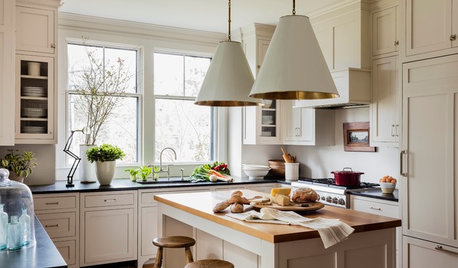
KITCHEN DESIGNTrending Now: 10 Ideas From Popular New Kitchens on Houzz
Contrasting cabinets, oversize pendants and custom range hoods turn up the heat in these ideabook-worthy kitchens
Full Story
LANDSCAPE DESIGNGreat Design Plant: Old Fashioned Smoke Bush
Balance garden color with this shrub's cool blue-green foliage, luminous when backlit and sporting yellow-green flowers in spring
Full Story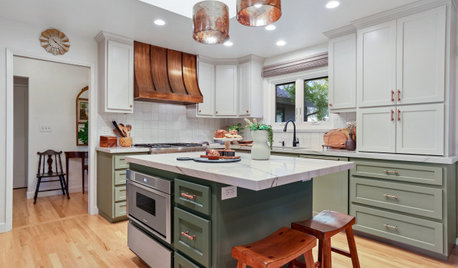
KITCHEN DESIGNKitchen of the Week: Two-Tone Cabinets Play Up a Warm Copper Hood
A remodeling team updates a couple’s 1990s kitchen with new cabinets, appliances and finishes, all in the same footprint
Full Story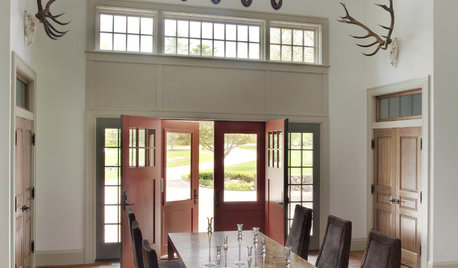
NEUTRAL COLORSColor Guide: How to Work With Beige
If you yawn and dismiss it, you're missing out on beige's infinite subtleties and the possibilities it brings to room designs
Full Story






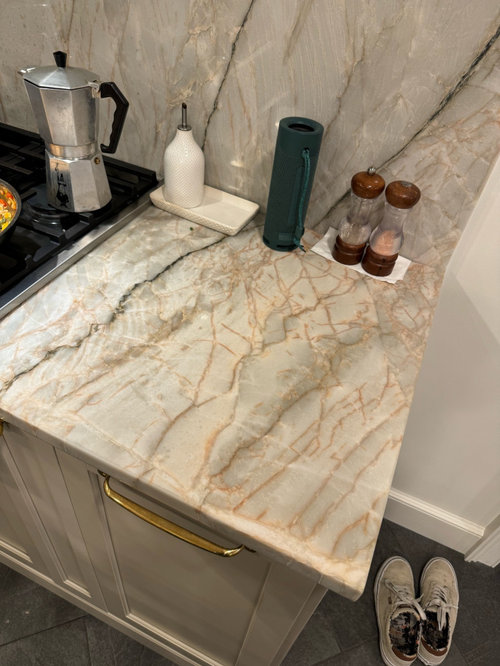




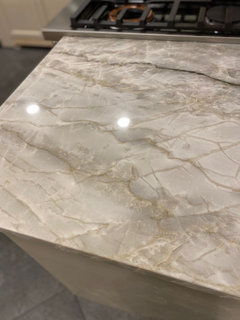


HU-910663146